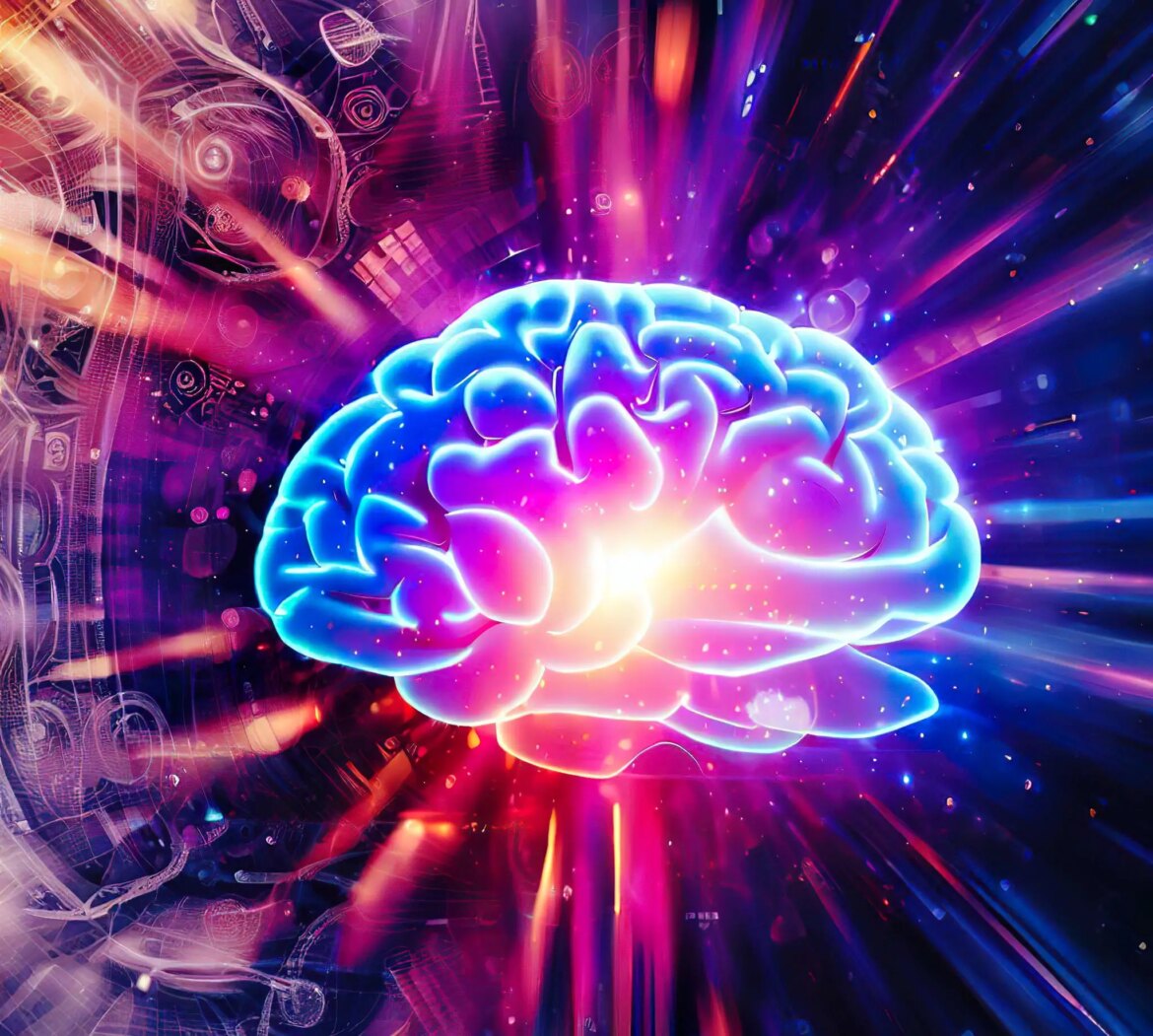Researchers at Johns Hopkins University have successfully utilized artificial intelligence (AI) to visualize and monitor synaptic changes in real-time animal models. Their groundbreaking work aims to enhance our understanding of how brain connectivity evolves in humans due to various factors such as learning, aging, injury, and illness. By harnessing the power of machine learning, they significantly improved image clarity, enabling them to observe and analyze thousands of individual synapses and their responses to new stimuli.
The team from Johns Hopkins employed AI to develop a novel technique for visualizing and tracking alterations in synaptic strength—the points of communication between nerve cells in the brain. Their achievement, detailed in the journal Nature Methods, holds great potential for advancing our comprehension of how these connections develop and transform in human brains under different circumstances, including learning, aging, trauma, and disease.
Dwight Bergles, Ph.D., the Diana Sylvestre and Charles Homcy Professor in the Solomon H. Snyder Department of Neuroscience at the Johns Hopkins University School of Medicine, expressed the significance of this research by stating, “If you want to learn more about how an orchestra plays, you have to watch individual players over time, and this new method does that for synapses in the brains of living animals.”
The study was a collaborative effort among scientists with expertise in molecular biology, artificial intelligence, and neuroscience. The researchers, who are members of Johns Hopkins’ Kavli Neuroscience Discovery Institute, include Dwight Bergles, Adam Charles, Jeremias Sulam, and Richard Huganir. They worked with genetically modified mice, in which fluorescent markers indicated the activity of glutamate receptors at synapses. This allowed the team to observe and analyze changes in synapses by tracking the fluorescence levels.
To overcome the challenge of imaging synapses in the brain, the team employed machine learning algorithms. They trained the algorithm using high-quality images of brain slices from the same genetically modified mice, which provided a clearer representation of synapses. With this cross-modality approach, they developed an enhancement algorithm that significantly improved the resolution of images captured from live mice, enabling the detection and tracking of individual synapses over multiple days.
To study changes in synapses over time, the researchers conducted repeated imaging sessions on the same mice, capturing images of the synapses before and after exposure to a new environment. They observed a range of alterations in synaptic strength in response to the novel environment, with a bias toward strengthening connections in animals exposed to new stimuli.
While the primary focus of the study was to develop methods for analyzing synapse-level changes in various contexts, the researchers believe that their approach could also shed light on synaptic changes occurring in conditions such as Alzheimer’s disease and other diseases and injuries. They are eager to see how the scientific community will further utilize and expand upon their findings.
Funding for the study was provided by the National Institutes of Health. The experiments were conducted by Yu Kang T. Xu, a Ph.D. student and Kavli Neuroscience Discovery Institute fellow at JHU, along with Austin Graves, Ph.D., an assistant research professor in biomedical engineering at JHU, and Gabrielle Coste, a neuroscience Ph.D. student at JHU.
Table of Contents
Frequently Asked Questions (FAQs) about brain connectivity
What is the focus of the research conducted by scientists from Johns Hopkins University?
The focus of the research conducted by scientists from Johns Hopkins University is to enhance our understanding of brain connectivity changes in humans due to learning, aging, injury, and illness by visualizing and tracking synaptic changes using artificial intelligence.
How did scientists use artificial intelligence in their research?
Scientists used artificial intelligence, specifically machine learning algorithms, to improve the clarity of images and observe thousands of individual synapses and their changes in response to new stimuli. The algorithms were trained to enhance the quality of low-quality images taken from live animals, allowing for better visualization and analysis of synaptic changes.
What is the significance of this research?
This research is significant because it provides a new technique for visualizing and monitoring alterations in synaptic strength in real-time animal models. It offers insights into how synaptic connections in the brain evolve under different circumstances and could contribute to a better understanding of learning, aging, trauma, and disease in human brains.
How did the researchers track synaptic changes in live animals?
The researchers used genetically modified mice with fluorescent markers indicating the activity of glutamate receptors at synapses. They employed microscopy to capture repeated images of the same synapses in mice over several weeks. By comparing baseline images with images taken after exposure to a new environment, they tracked and analyzed changes in the number of glutamate receptors at synapses.
How could this research be applied to other conditions or diseases?
The researchers believe that their technique could shed new light on synaptic changes occurring in other conditions and diseases, such as Alzheimer’s disease. By studying synaptic changes in animal models, they aim to uncover insights that could potentially be relevant to understanding and treating various neurological disorders and injuries.
More about brain connectivity
- Johns Hopkins University
- Nature Methods – Cross-modality supervised image restoration enables nanoscale tracking of synaptic plasticity in living mice
- Kavli Neuroscience Discovery Institute
- National Institutes of Health



3 comments
omg, this is like sci-fi becoming real! AI and machine learning helping scientists see tiny synapses in the brain? It’s like we’re living in the future! Super exciting research!
wow, this is some cool stuff! scientists use AI to watch brain connections change in live animals?! mind-blowing! can’t wait to see where this goes and how it helps us understand brains better!
Great article, but I noticed a few spelling and punctuation errors. It’s important to maintain consistency and accuracy in scientific writing. Nonetheless, the research itself is fascinating and has incredible potential for advancing our understanding of brain connectivity.